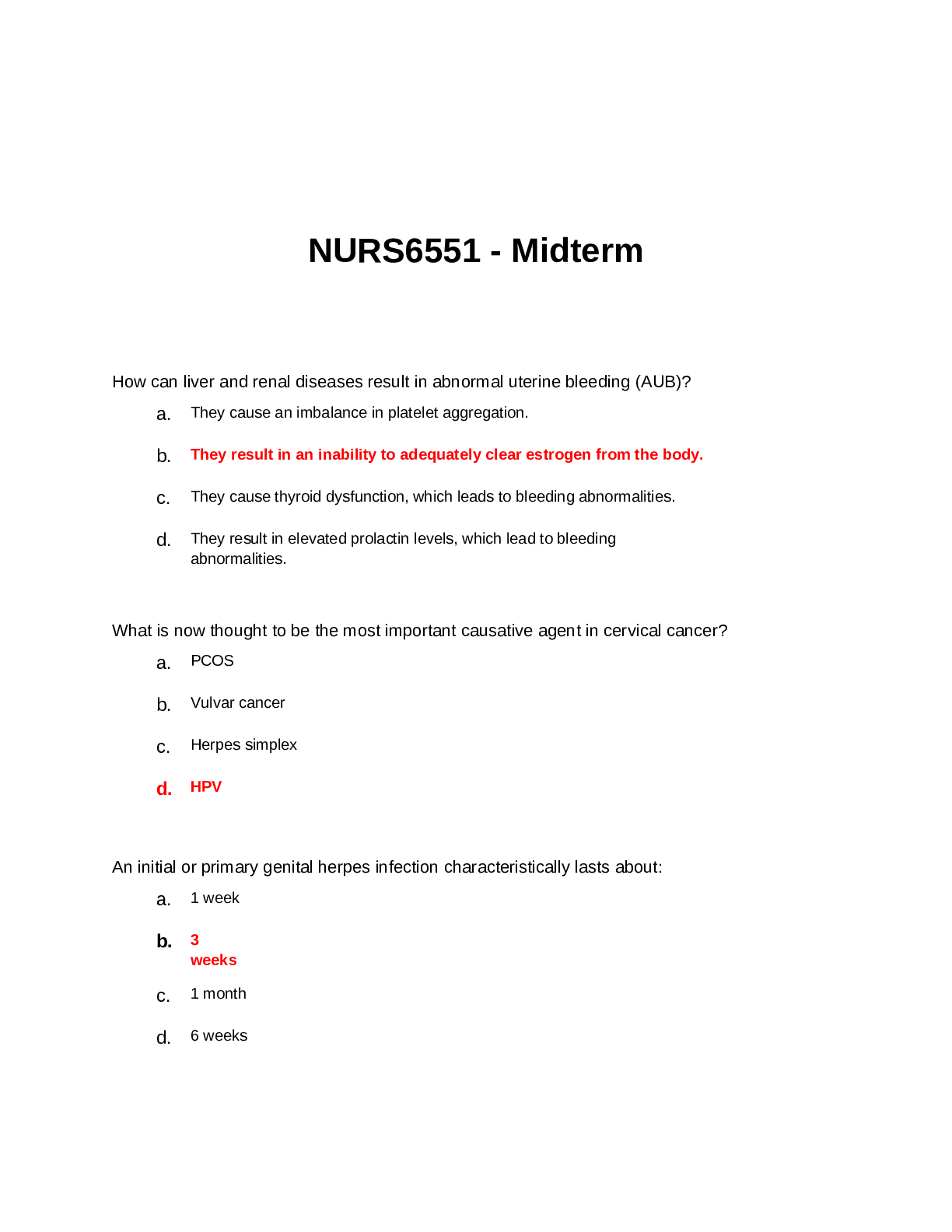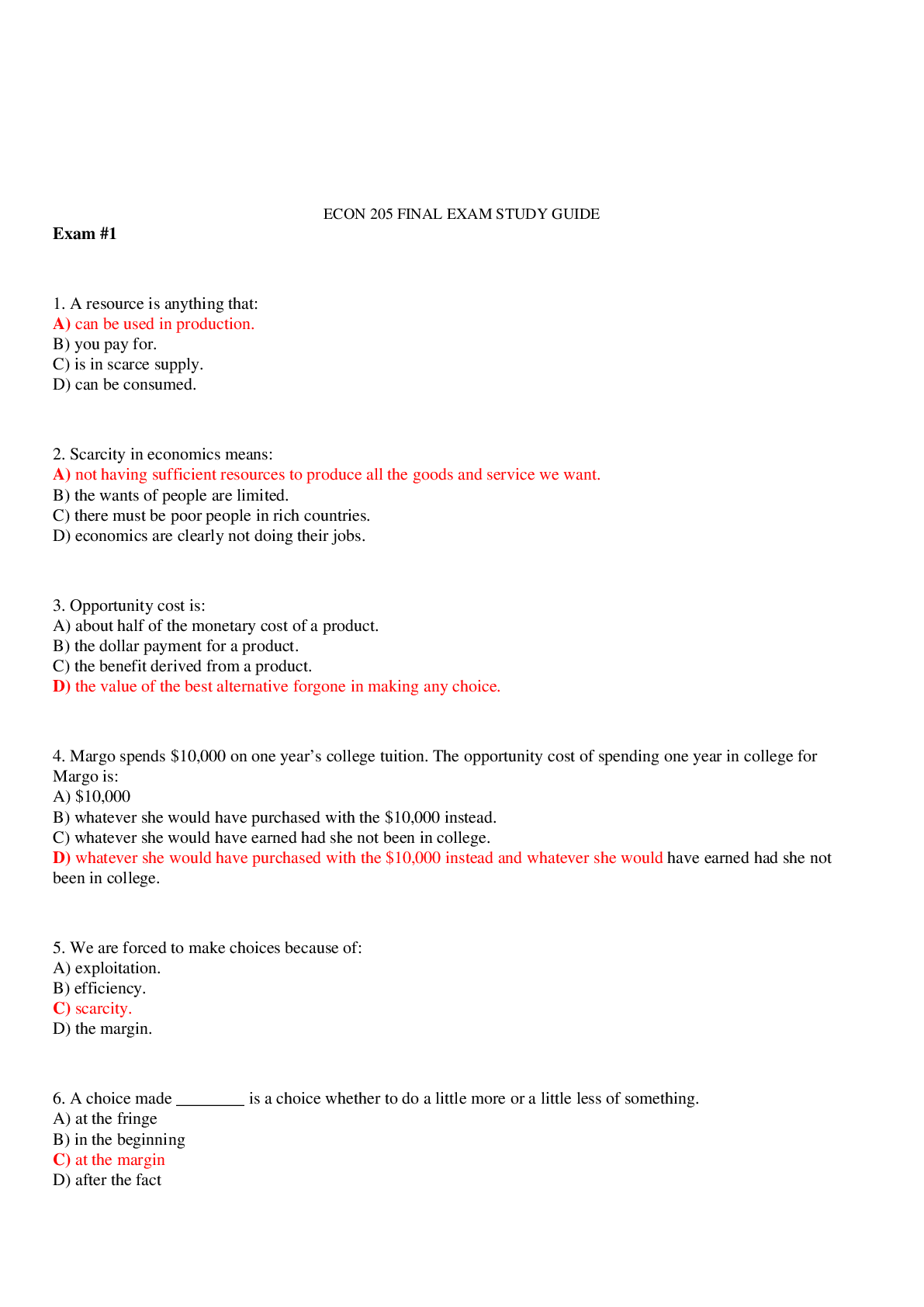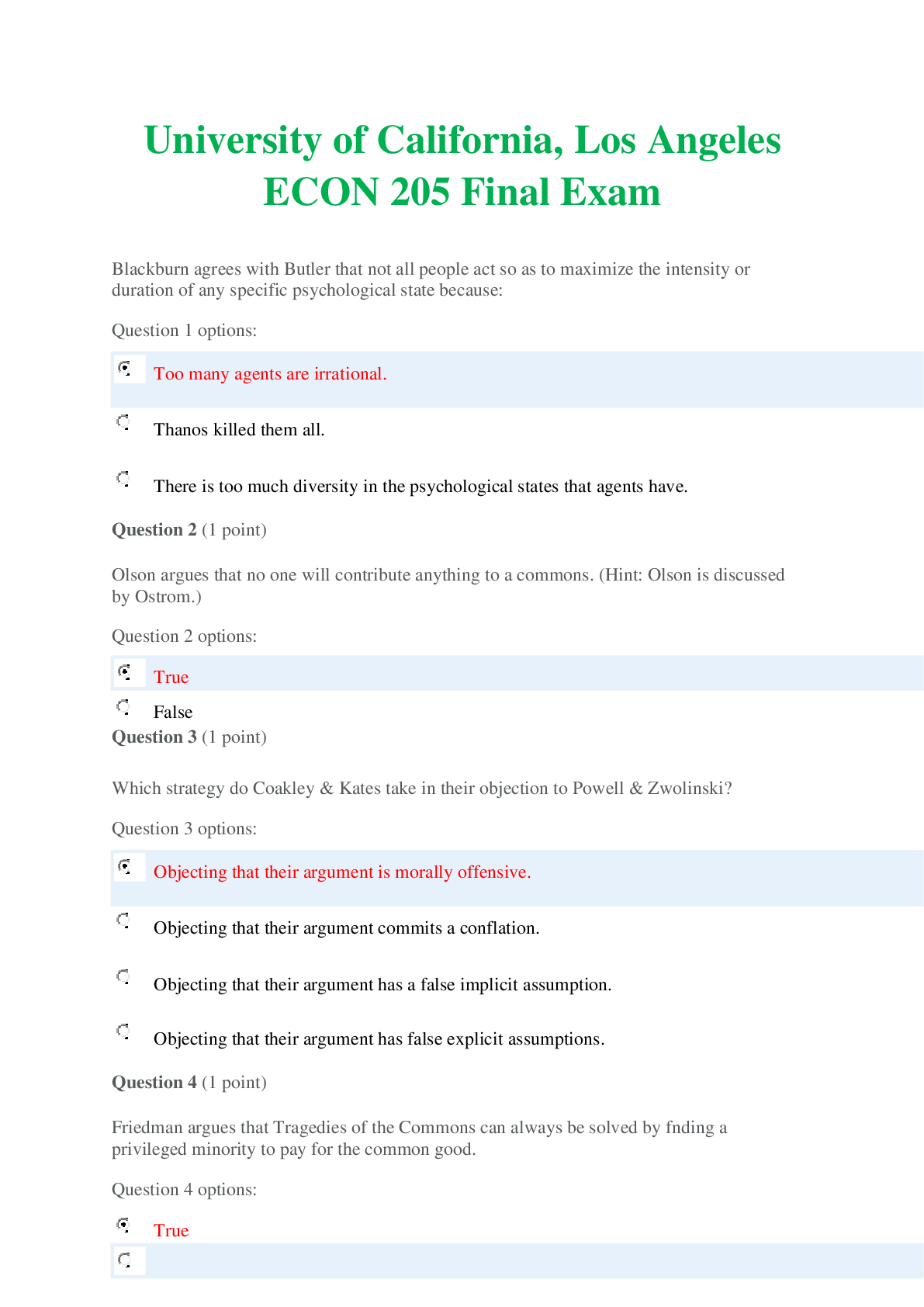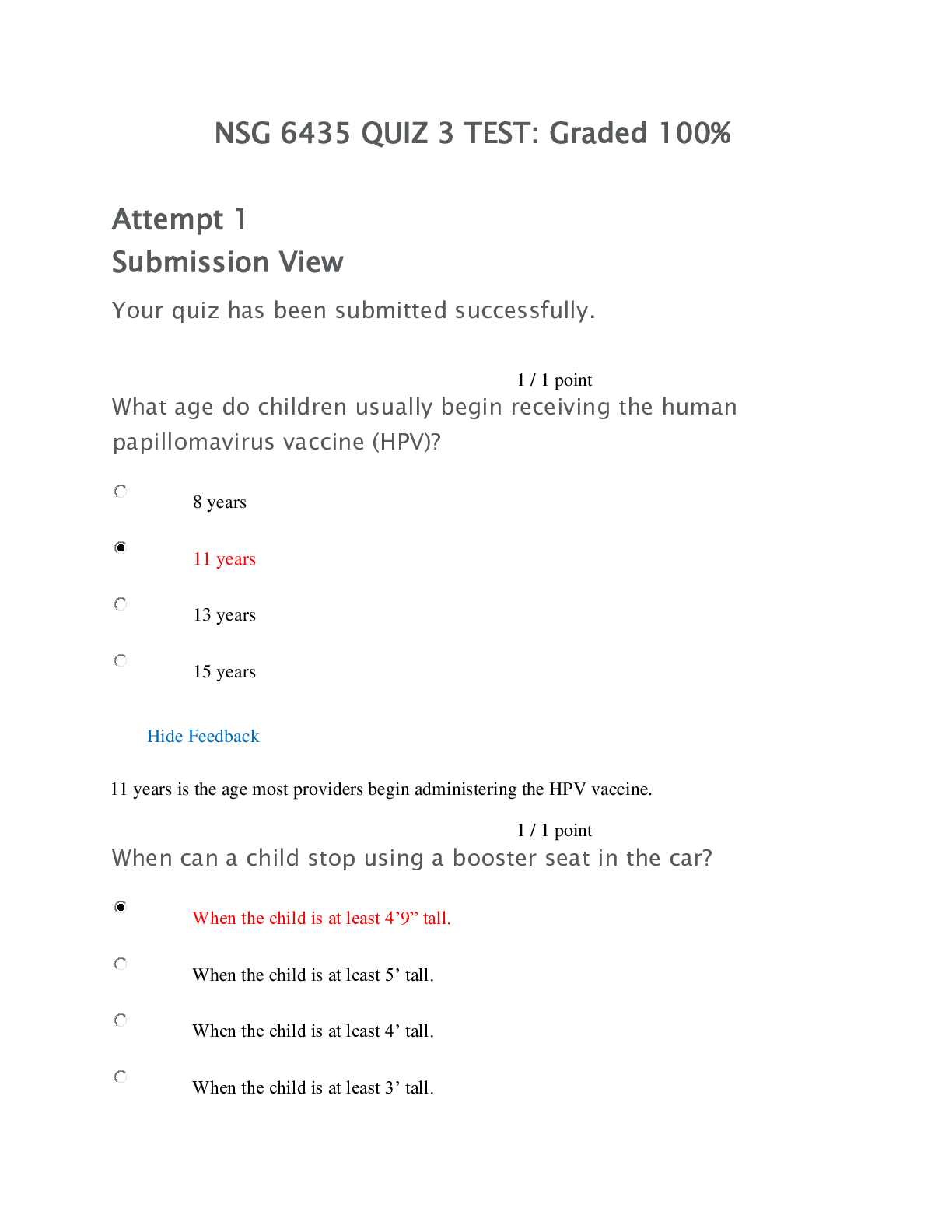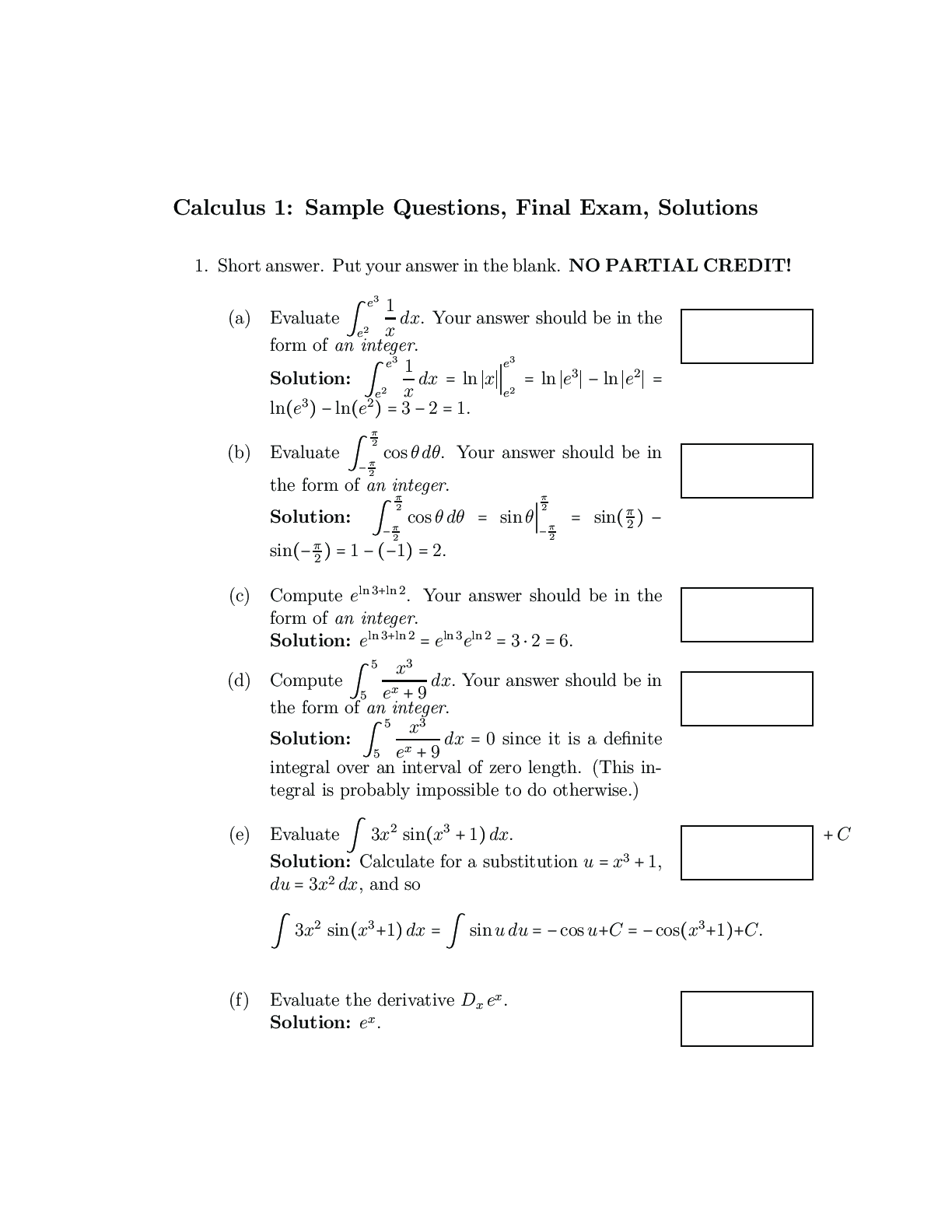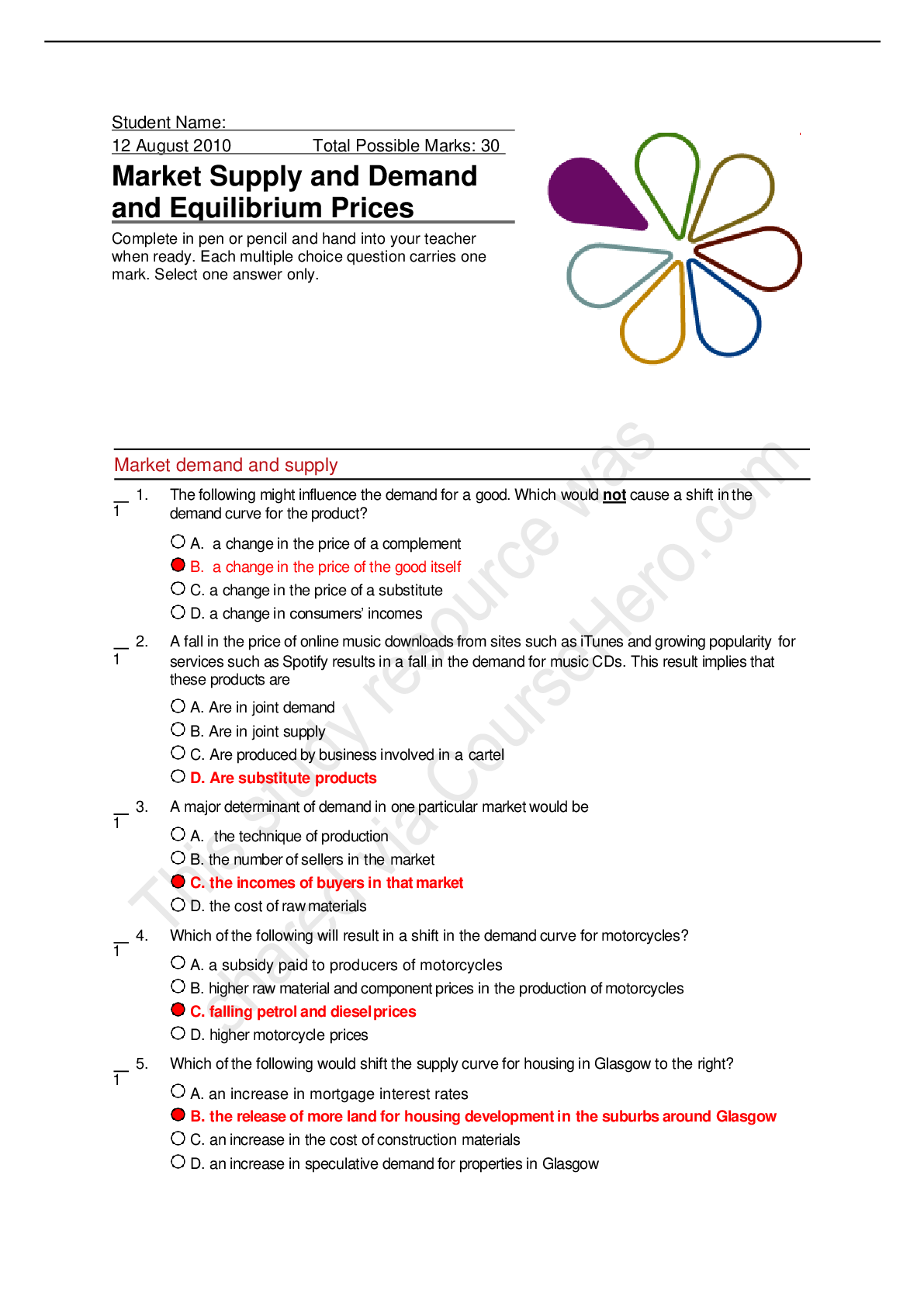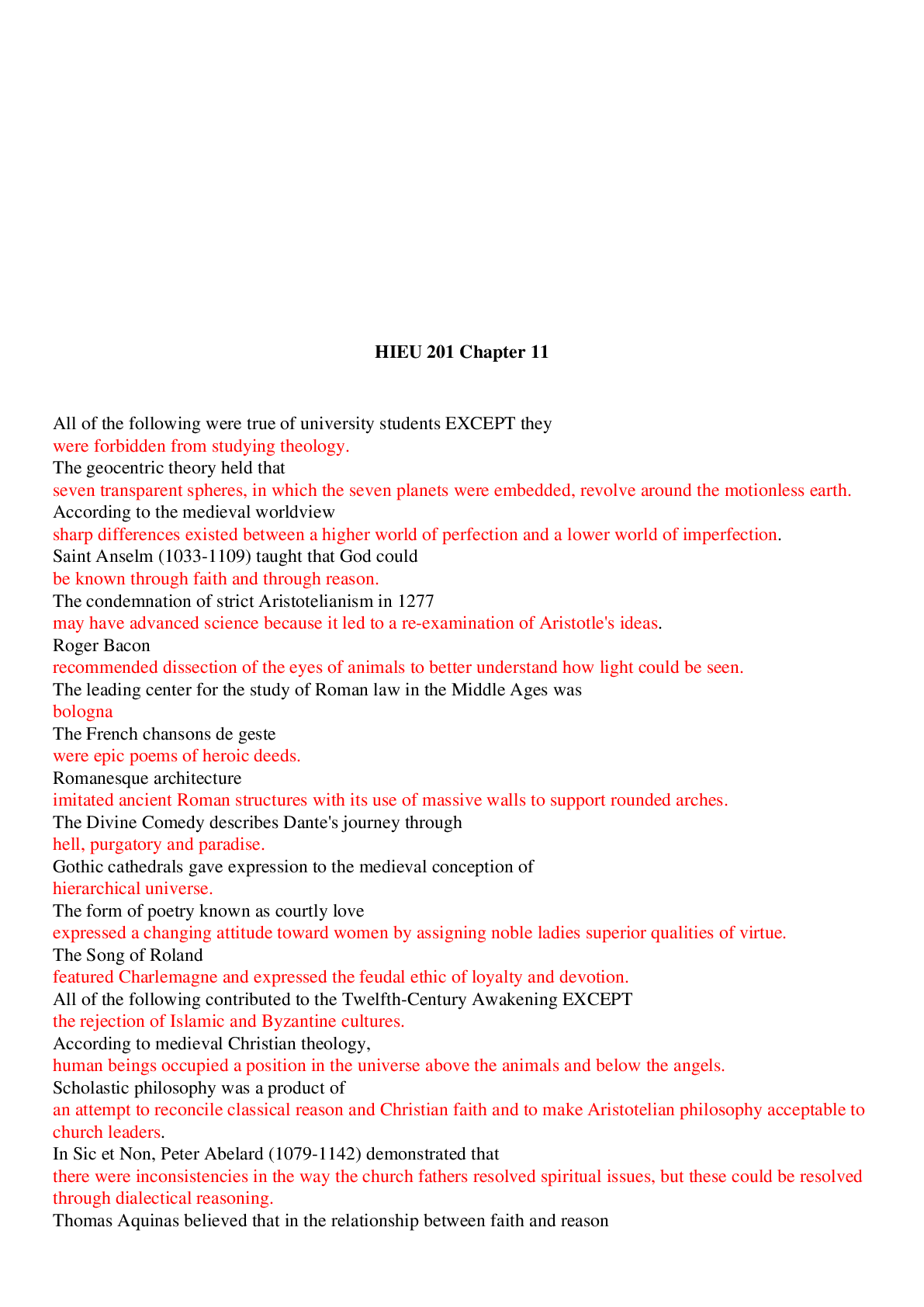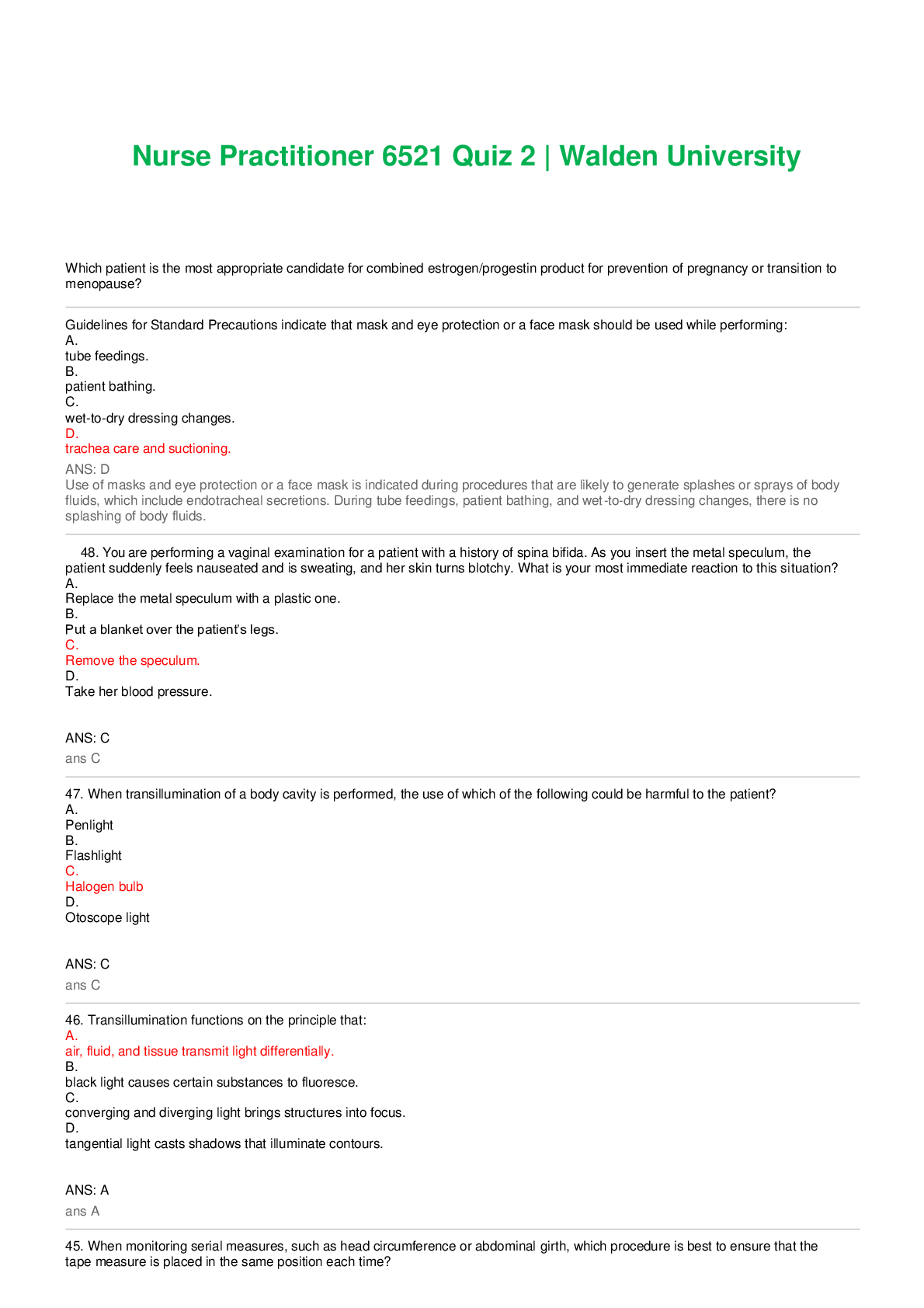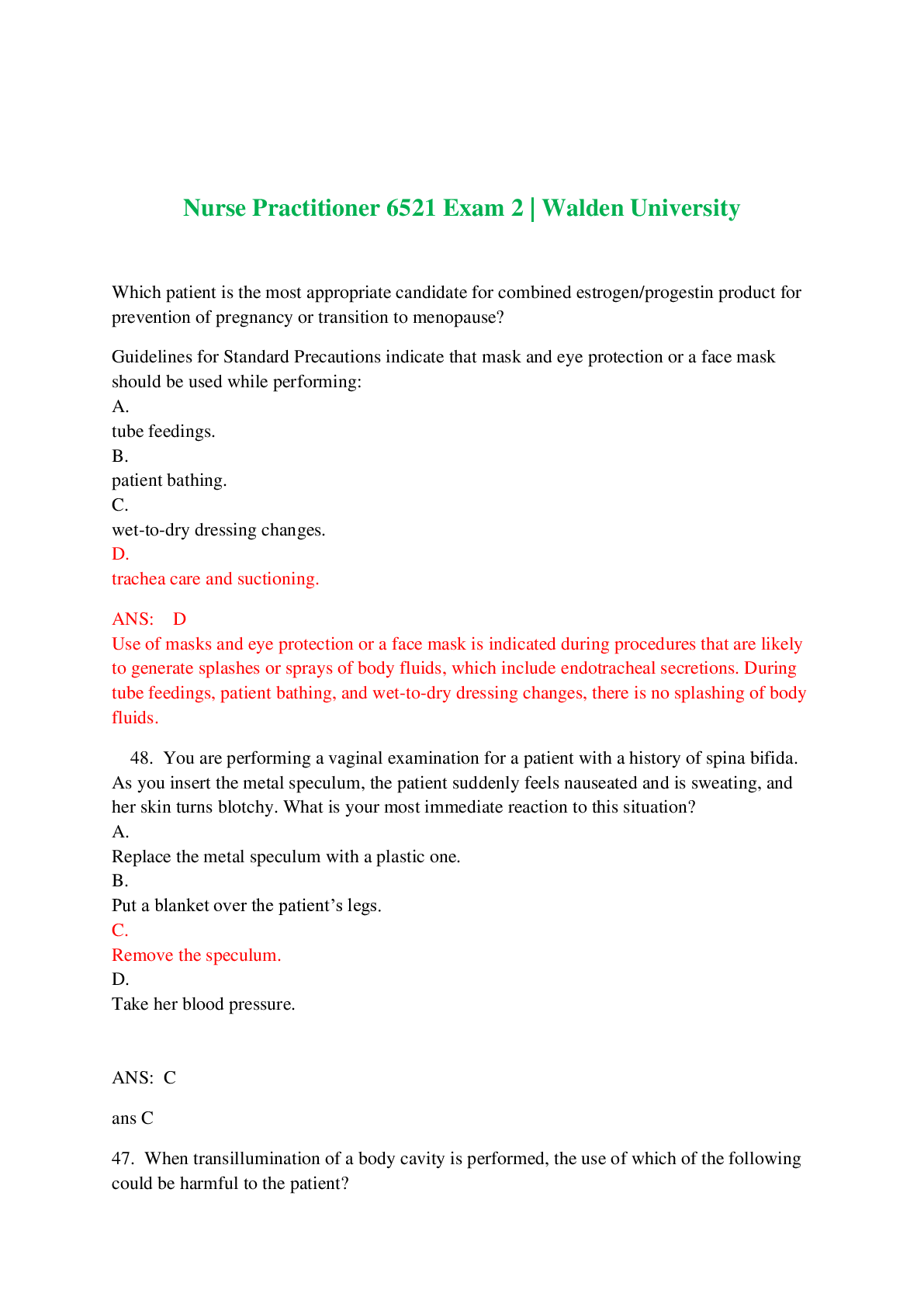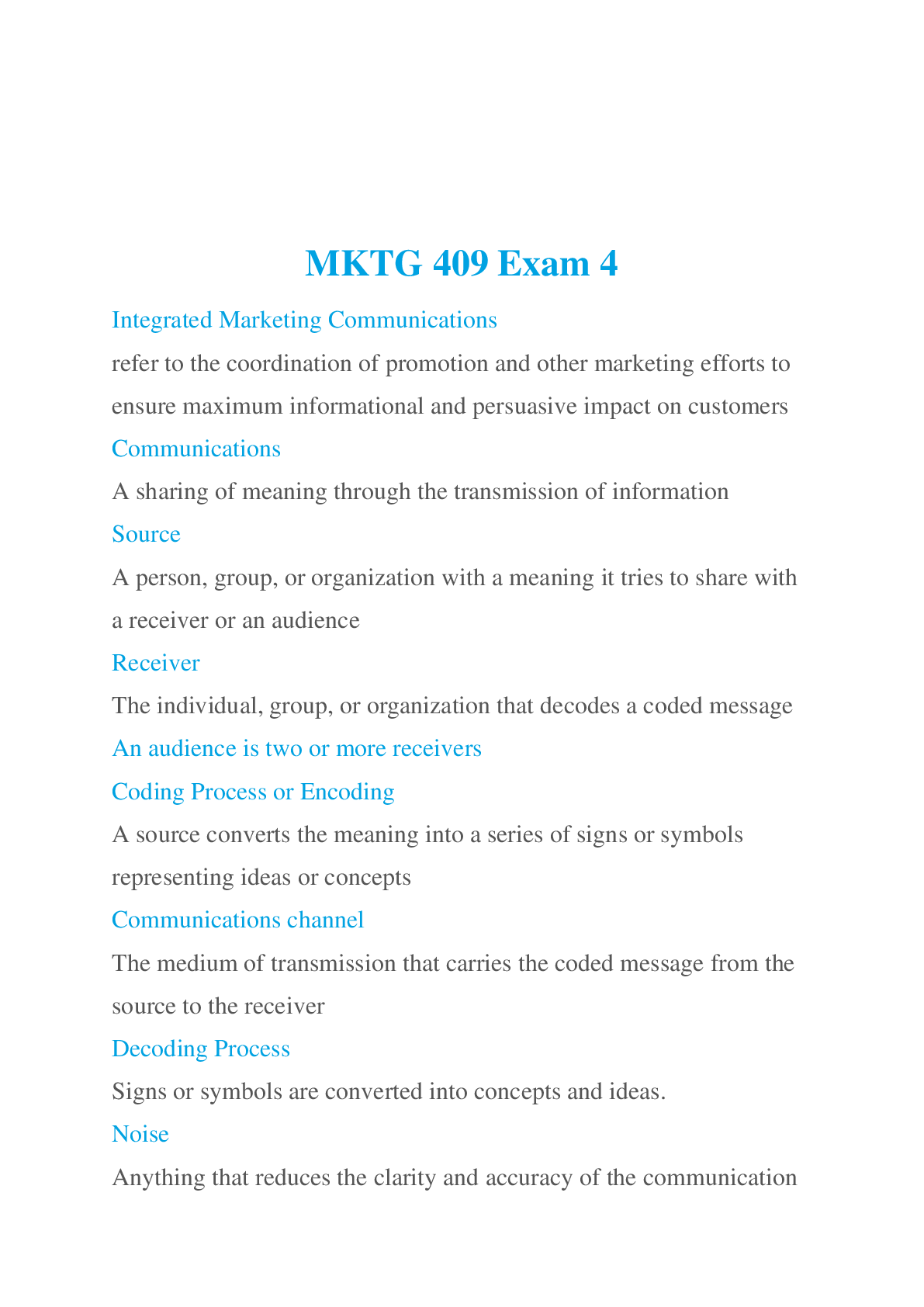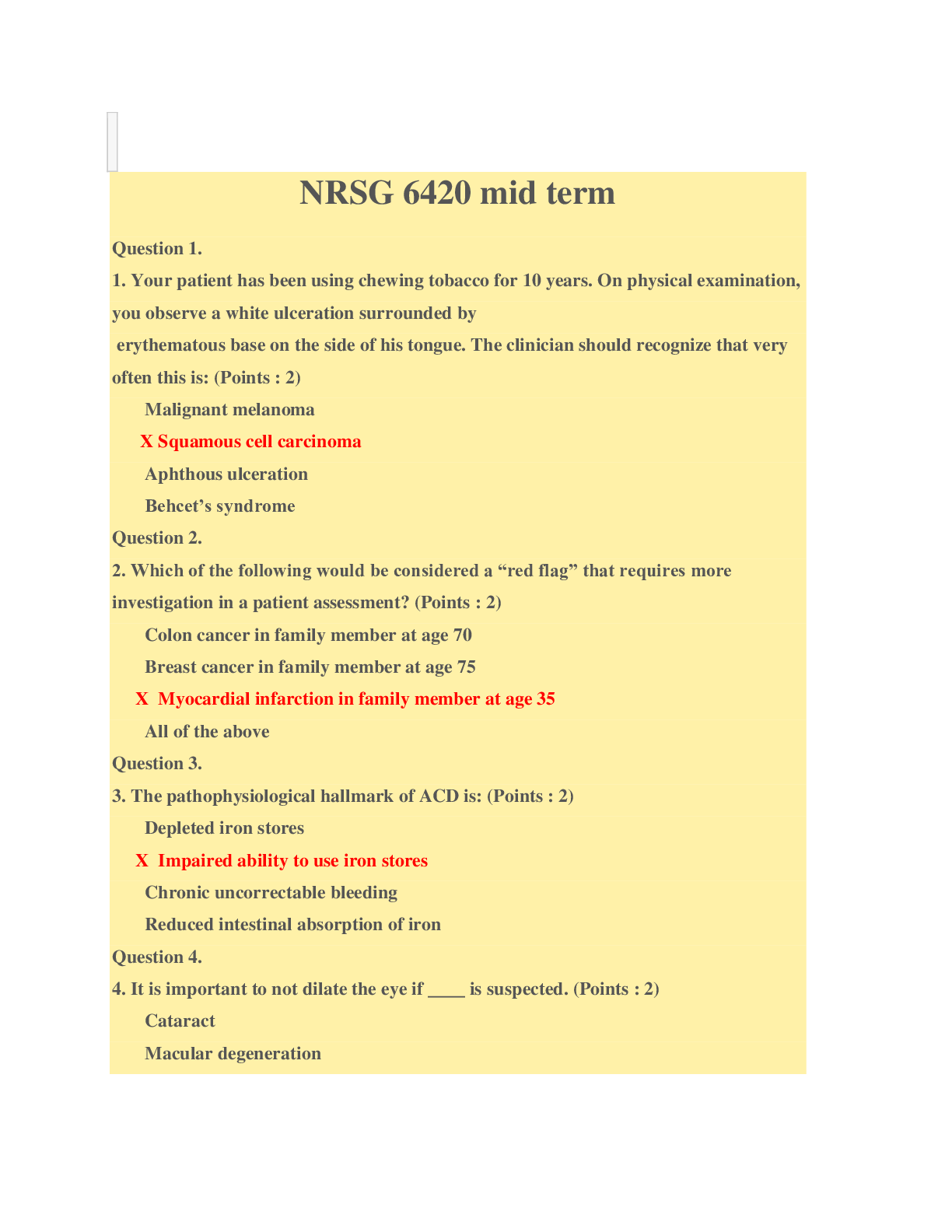BUSINESS BSBSUS401Assessment 1yes
Document Content and Description Below
Assessment 1 Your task: Answer the following questions. Each question must be completed. Question 1: How does a well-defined job description help the business? A job description is a document that... lists the tasks, duties and responsibilities of a specific job. Having updated, accurate and professionally written job descriptions is critical to a company's ability to attract qualified candidates, guide and train employees, set work performance standards, develop compensation programs, perform performance reviews, set goals and meet legal requirements. A successful business depends on its staff performing at the desired standard. If you don't know what standard you need, you won't be able to analyse performance or make improvements. In order to analyse staff performance effectively, you will need to develop a clear and concise set of performance criteria for each individual. This is usually done as part of the job description. Well-defined job descriptions allow for better hiring as the job requirement is defined and new recruits know what is expected. Question 2: When applying targets they should follow the SMART principle. What does SMART stand for? SMART goal setting brings structure and tractability into your goals and objectives. Instead of vague resolutions, SMART goal setting creates verifiable trajectories towards a certain objective, with clear milestones and an estimation of the goal's attainability. Every goal or objective, from intermediary step to overarching objective, can be made S.M.A.R.T. and as such, brought closer to reality. In corporate life, SMART goal setting is one of the most effective and yet least used tools for achieving goals. Once you've charted to outlines of your project, it's time to set specific intermediary goals. With the SMART checklist, you can evaluate your objectives. SMART goal setting also creates transparency throughout the company. It clarifies the way goals came into existence, and the criteria their realization will conform to. The SMART stand for is that • S: Specific: Any plan or activity should have clear, unambiguous of what must done, how it is to be done and why it is to be done • M: Measurable: each activity needs to have a set of outcomes which allow the success to be determined • A: Achievable: Performance targets should be set that are not too difficult for the staff member to attain • R: Realistic: This aspect needs to take into account limitations of personnel, production capacity and the 80:20 rule T: Time: the completion of activities and the attainment of goals must have a timeframe or time parameters associated with them Question 3: List 10 criteria which are often used in performance appraisals in the Hospitality industry that can help you monitor the ongoing performance of staff. 1 | Punctuality and attendance 2 | Personal presentation 3 | Adherence to dress codes 4 | Meeting customer service standards 5 | Quality and accuracy of work 6 | Decision marketing abilities 3 | Guide – Role model 4 | Advisor [Show More]
Last updated: 2 years ago
Preview 1 out of 10 pages
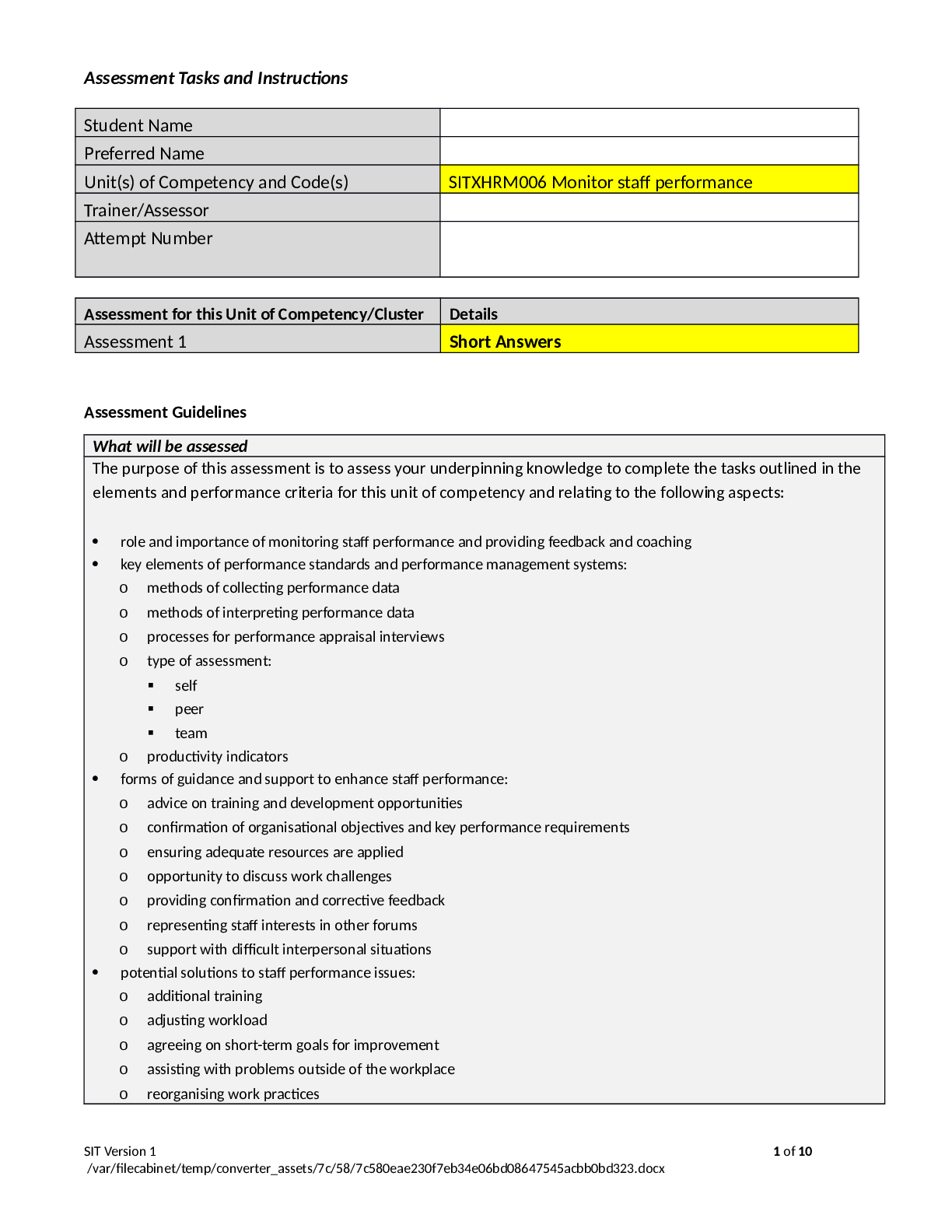
Buy this document to get the full access instantly
Instant Download Access after purchase
Buy NowInstant download
We Accept:

Reviews( 0 )
$15.00
Can't find what you want? Try our AI powered Search
Document information
Connected school, study & course
About the document
Uploaded On
Aug 26, 2021
Number of pages
10
Written in
Additional information
This document has been written for:
Uploaded
Aug 26, 2021
Downloads
0
Views
170

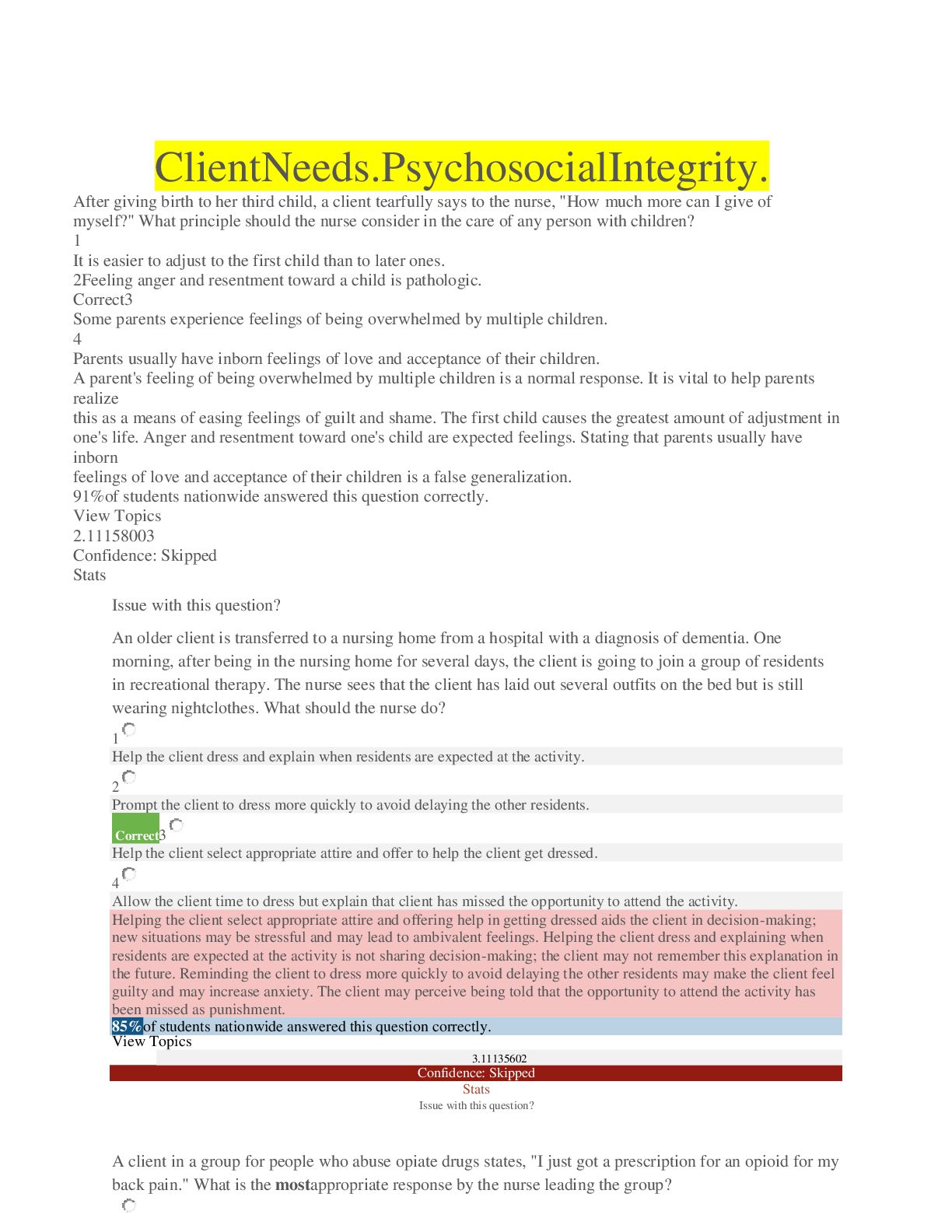



.png)
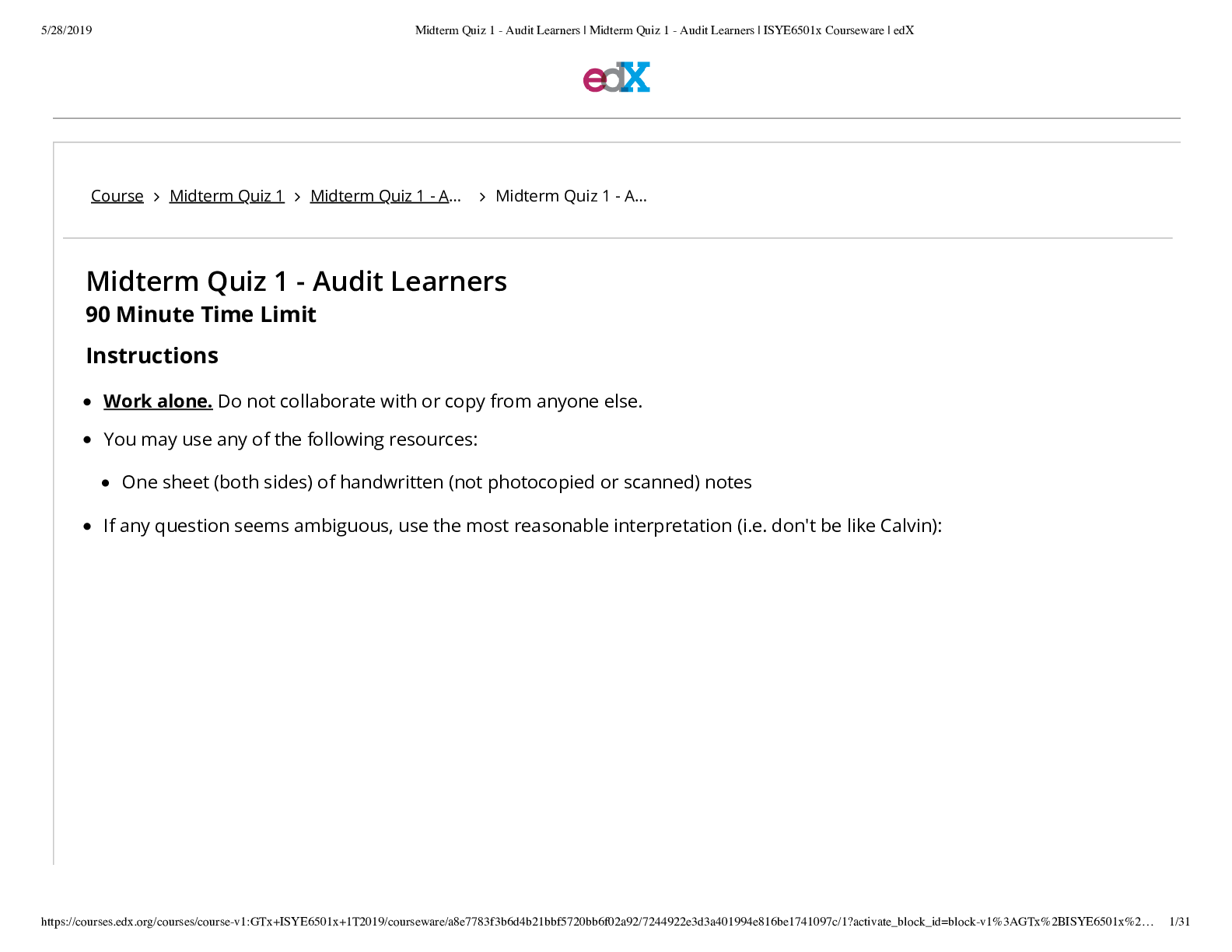
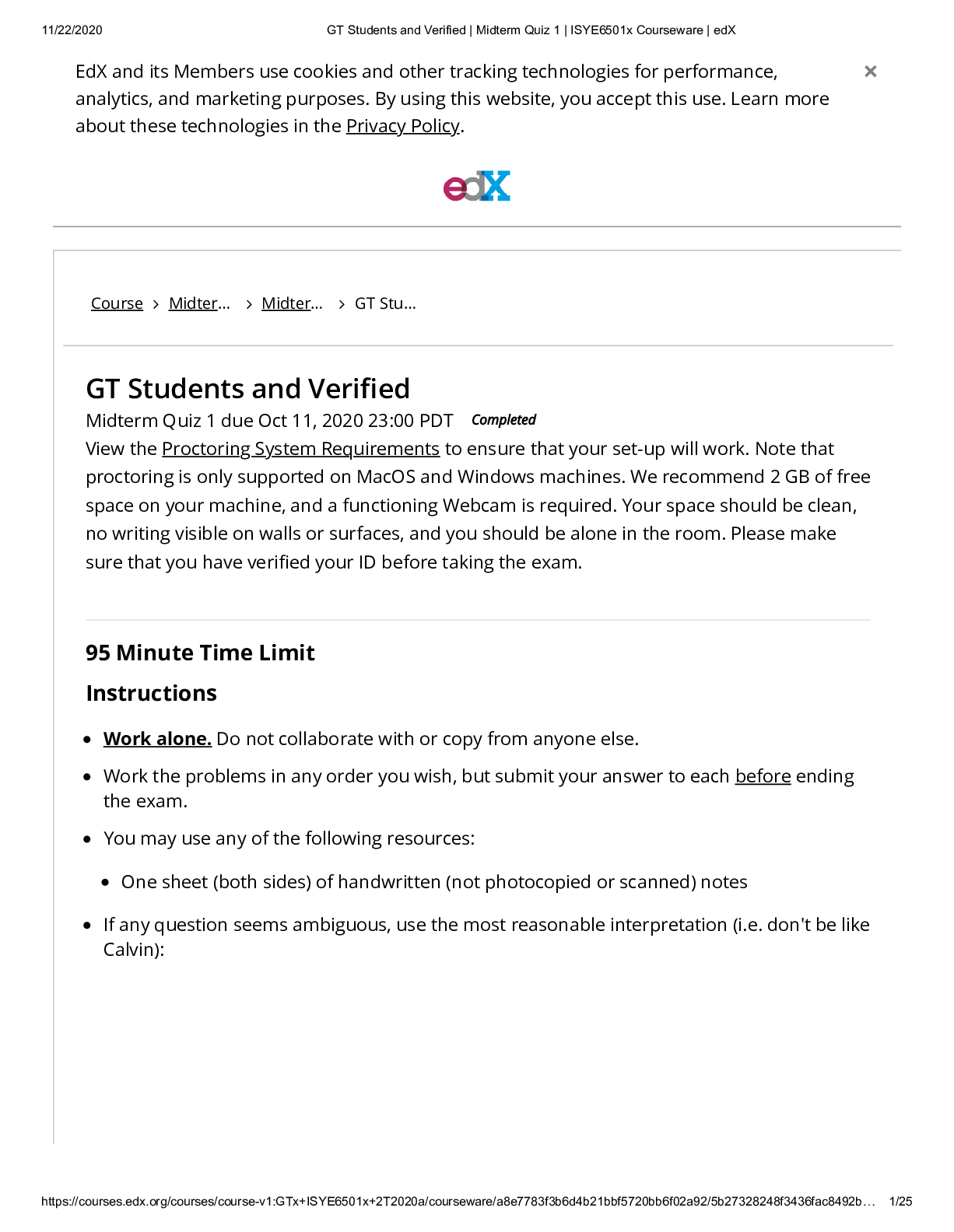

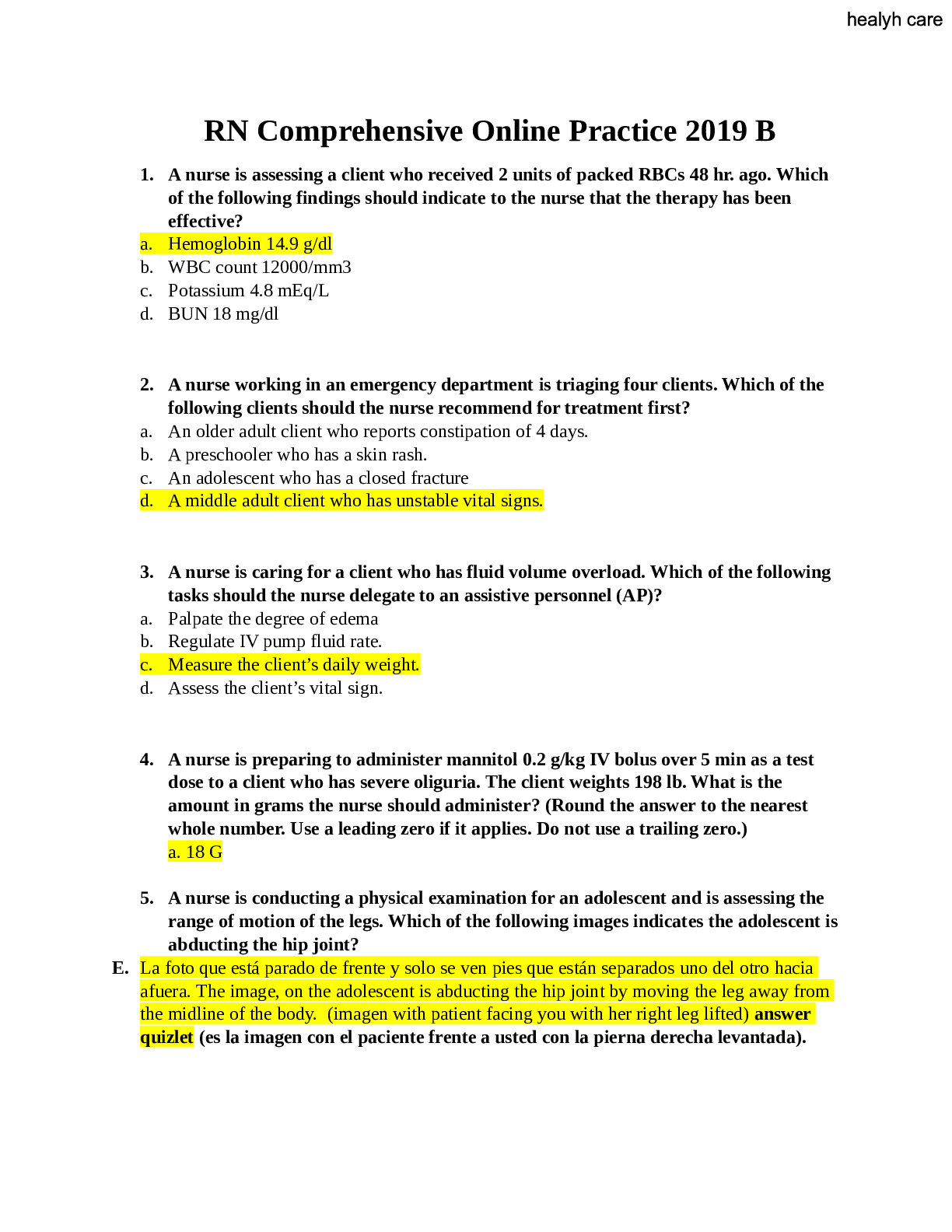
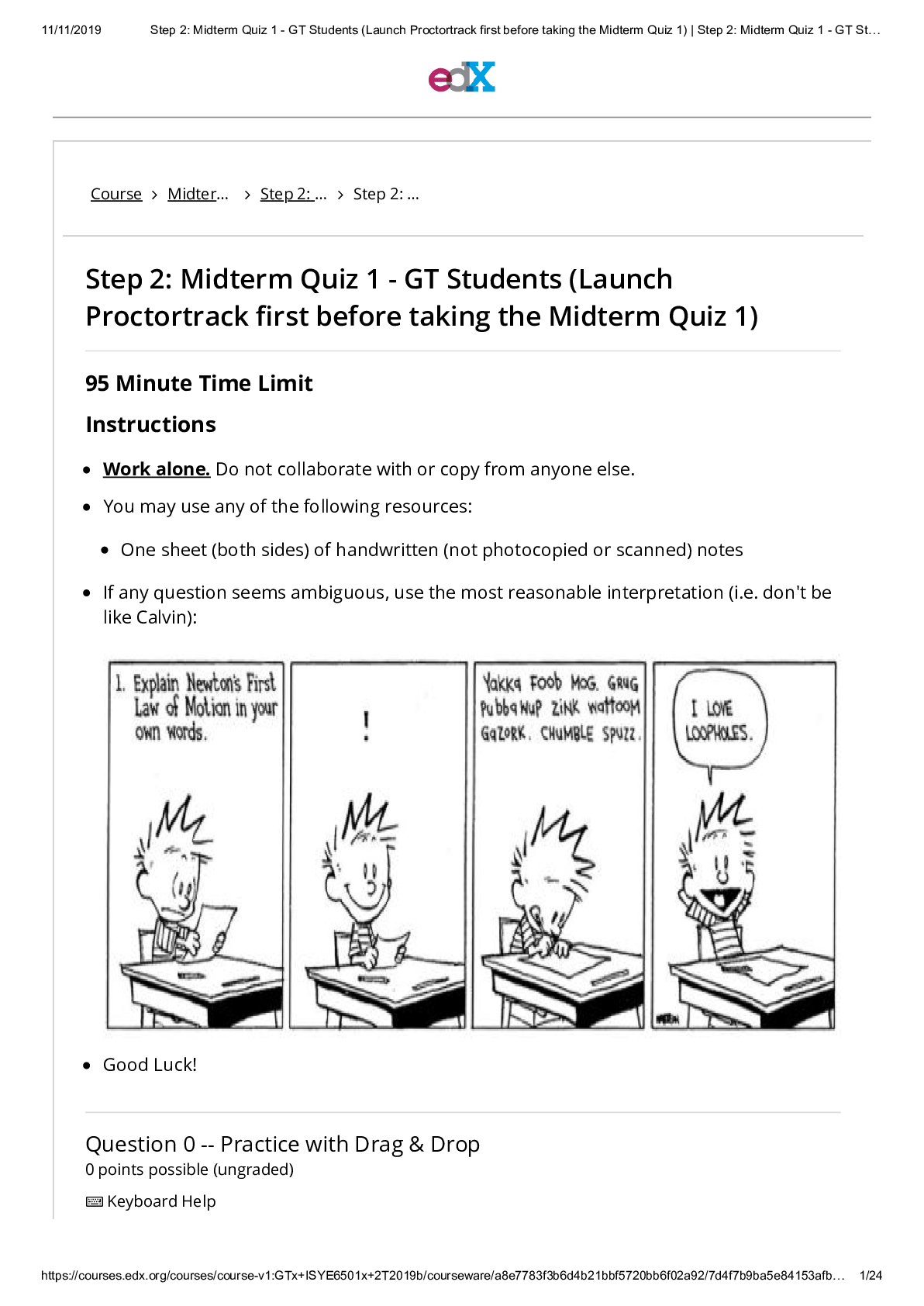
.png)
.png)
